After Zillow’s stunning success, many real estate agents and companies started developing their own similar apps. Frankly speaking, it’s not that difficult to create a real estate app, especially if you choose a right set of tools to use during real estate app development.
Today we’ll share a piece of Zillow app tech stack and other technologies that will come in handy in your case as well. Let’s discover them!
CoreData or Realm frameworks — for managing the list of properties
The list of available properties is the heart of your app. Every single user will in one way or another interact with it so it should work smoothly and perfectly.
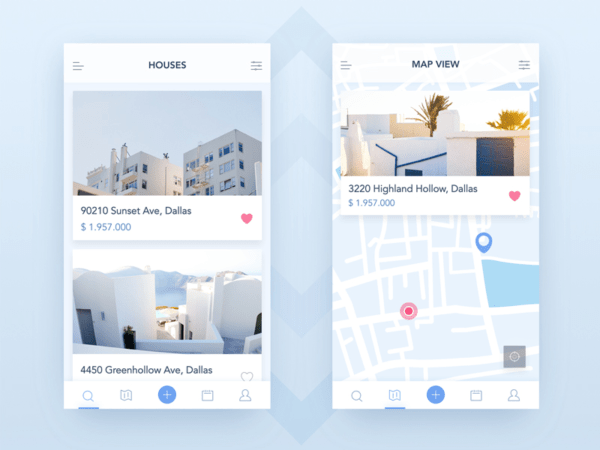
Zillow app technologies mentioned above (Realm and CoreData frameworks) are indispensable when it comes to managing big masses of data. Just like the list of several thousand or tens of thousands of available real estate properties.
Also, your app must support the search & filter features. It allows users quickly and easily work with your property database and find the most relevant results with just a few taps.
Google Places API — to provide information about surrounding places
When buying a new property, people aren’t looking just for the house itself. It always matters what is located near the house: whether there are grocery stores and restaurants, cinemas and sports clubs etc.
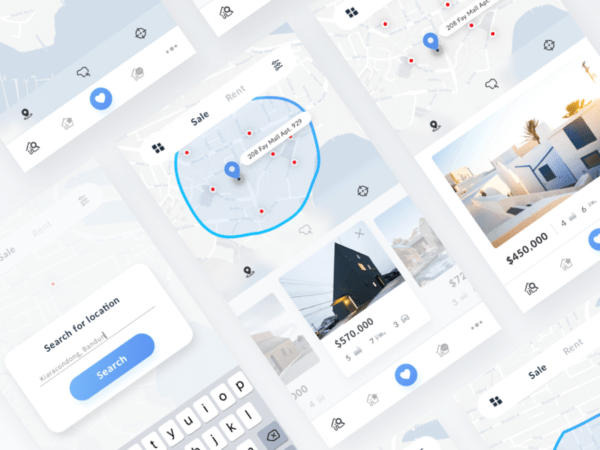
So if you’re hiring developers for your real estate app, the Google Places API is a must-have on their tech list. This tool enriches your application with info from Google Maps so your users can see what else is located in the neighborhood.
Another advantage of the Google Places API is that it, as a Google’s product, available in many countries and includes data about even the smallest cities.
SimplyRets, iHomeFinder, Spark APIs — for normalizing data flows from MLSs
There are several ways to fill your application with real estate properties. Using the Multiple Listing Service (MLS) is one of the most popular solutions — it allows you to integrate a ready-to-use solution into your app.
We aren’t sure what technology stack Zillow uses (regarding MLSs), so you’re free to choose any technology to handle the data flow from the chosen MLSs.
Facebook SDK — to integrate a Facebook sign-in option
Despite it may sound not too important, a quick and easy sign-up process is one of the requirements to any modern app. During your real estate app development it’s crucial to leave a few easy options for your audience. And a fast Facebook sign-in seems like a good solution!
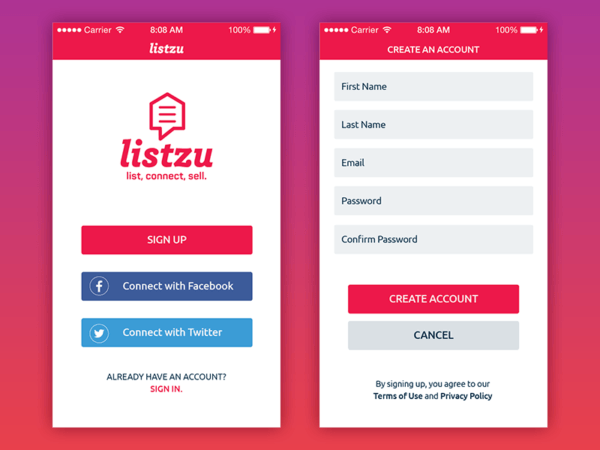
First of all, it helps to quickly transfer all the core information (think of name, surname and photo, for example). Therefore, users don’t have to spend extra time and efforts filling these fields on their own.
Second, while using this option, users are free from remembering new passwords.
Zillow API — to integrate data provided by the Zillow app
This Zillow app technology may be a good option for the ones who decided to create a real estate app for the American market. What is it used for?
Well, the Zillow API can be used for various purposes: for example, you can use it to integrate Zillow’s real estate property listing into your own application or reuse their neighborhood info.
However, this API doesn’t provide you with a competitive advantage so it’s better to use it only in pair with other technical tools for real estate app development.
MapBox Google Maps APIs — to design custom maps for real estate apps
If you’ve ever used Zillow or Trulia real estate apps, you must have noticed that their in-app maps display useful info in a few layers. For example, you can check the level of crime in a district, average age of population, their education and family status.
Such layers make the app more engaging and informative. When hiring developers for your real estate app, you may ask them how they’re going to implement similar functionality for your application.
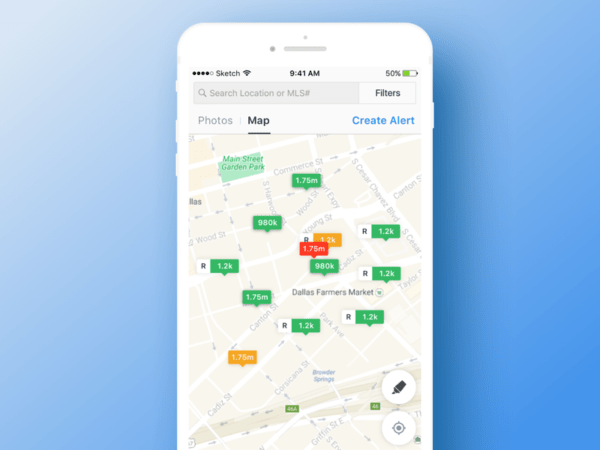
Yet, it’s not difficult at all. All you need is MapBox Google Maps APIs that allow creating custom maps (as well as layers) to provide your users with the full info about districts.
The Onboard Informatics Community, Spatial Neighborhood APIs — to get demographic and other kinds of data about districts
In the last paragraph we told you about the MapBox Google Maps APIs which the Stormotion team uses to create custom maps. But where to get this information?
For this purpose, you will have to integrate other APIs. Yet, the ones listed in the title are just an example. Since this kind of data (about districts) is very custom, you will have to look specific solutions for your city.
Tip: it’s reasonable to look for this data on governmental websites and official platforms of the city.
Firebase SDK or Apple Push Notifications Service — for push notifications implementation
Finally, Zillow app tech stack includes tools for push notifications.
Push notifications are a powerful retargeting tool that helps to keep people engaged with your app and make them check it more frequently. For example, you can notify users about new properties that become available in the district where they’ve searched before. Or inform them that the price of the property which they earlier saved has dropped.
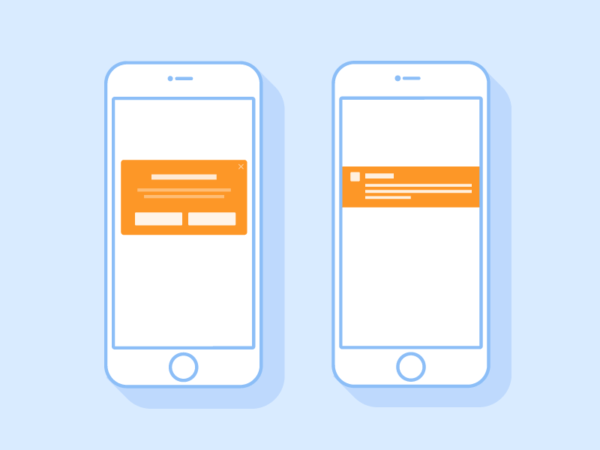
To implement push notifications during real estate app development you can use different tools, but if you’re looking for proven solutions — Firebase SDK or Apple Push Notifications Service are at your service!
Conclusion
So, these were top tech tools that will come in handy if you want to create a real estate app. Moreover, they are totally necessary if you want to develop a cool and unique product that will deliver a real value to your target audience.
The listed above tech stack contains tools that are mostly free and absolutely easy to use, so your developers for the real estate app shouldn’t face any difficulties when working with them.
Hope that this article helped you. Good luck with your real estate app development!
- The Growing Demand for Technical Solutions in Logistics - September 19, 2020
- How Technology Helps Real Estate During Pandemic - June 2, 2020
- Improve the Mobile Experience with AI and Blockchain - January 11, 2019
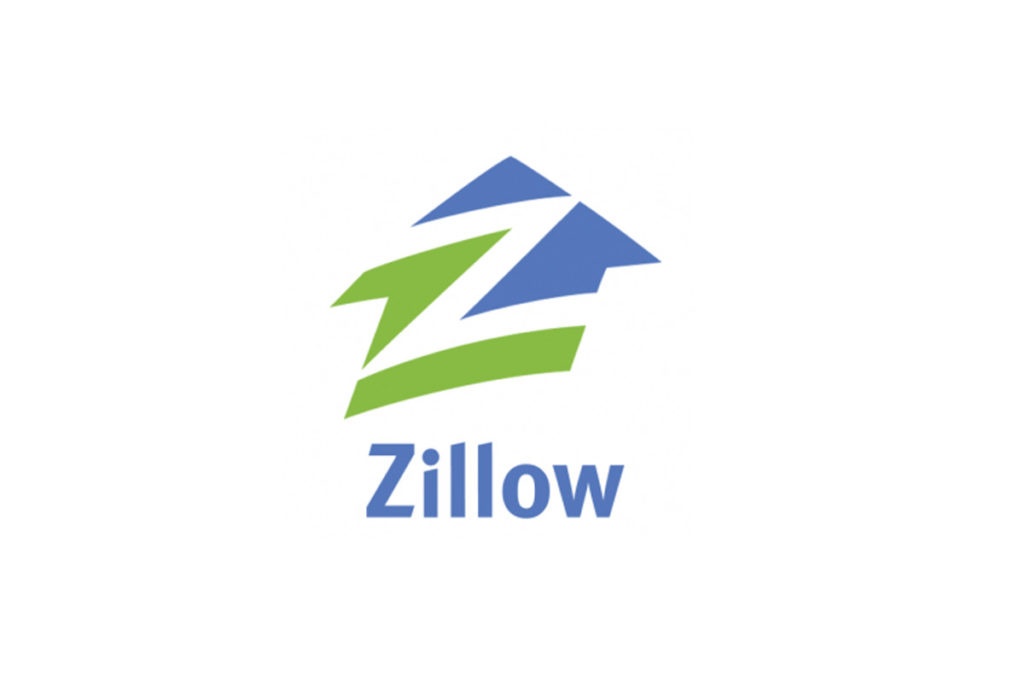



Comments are closed.